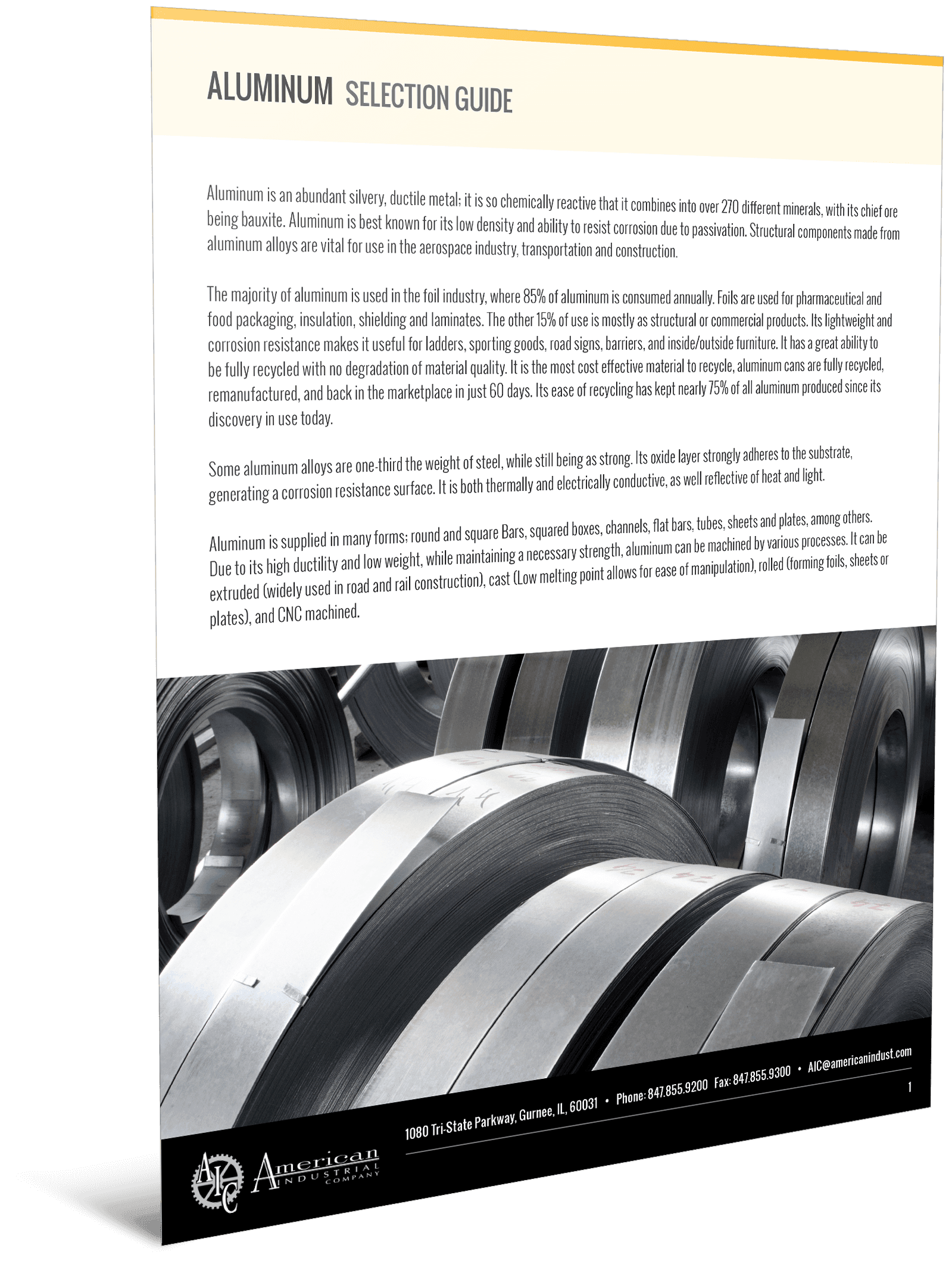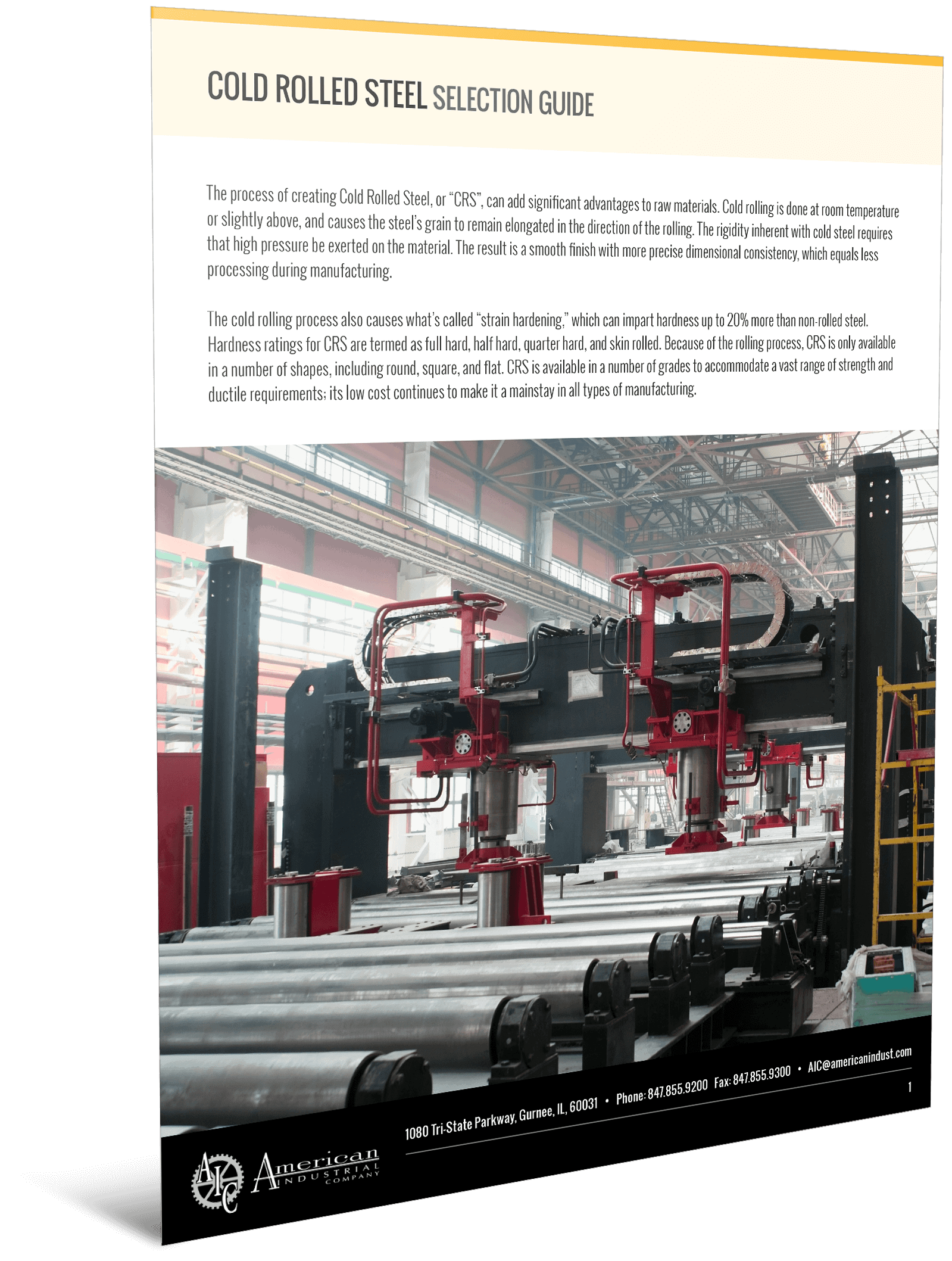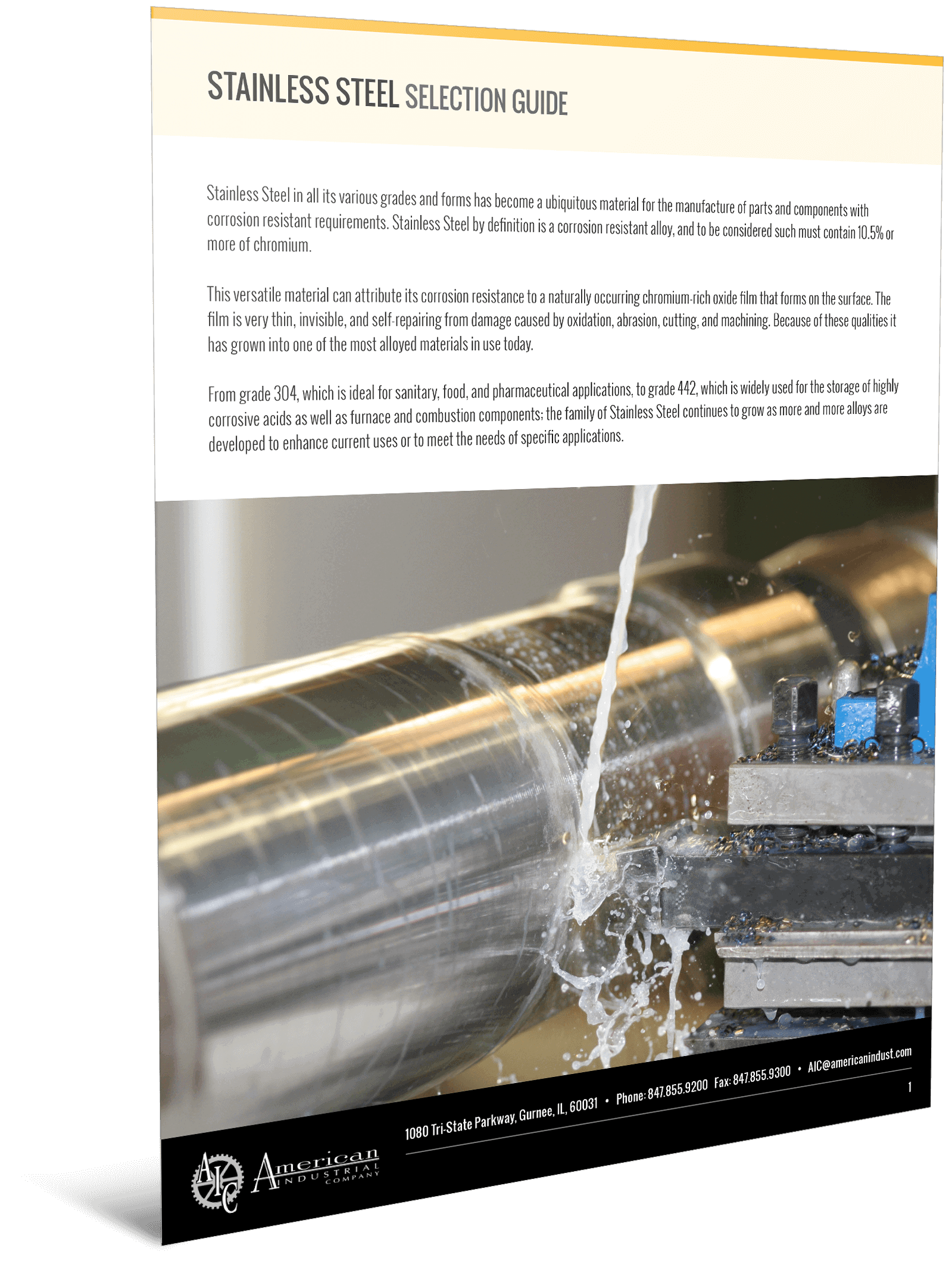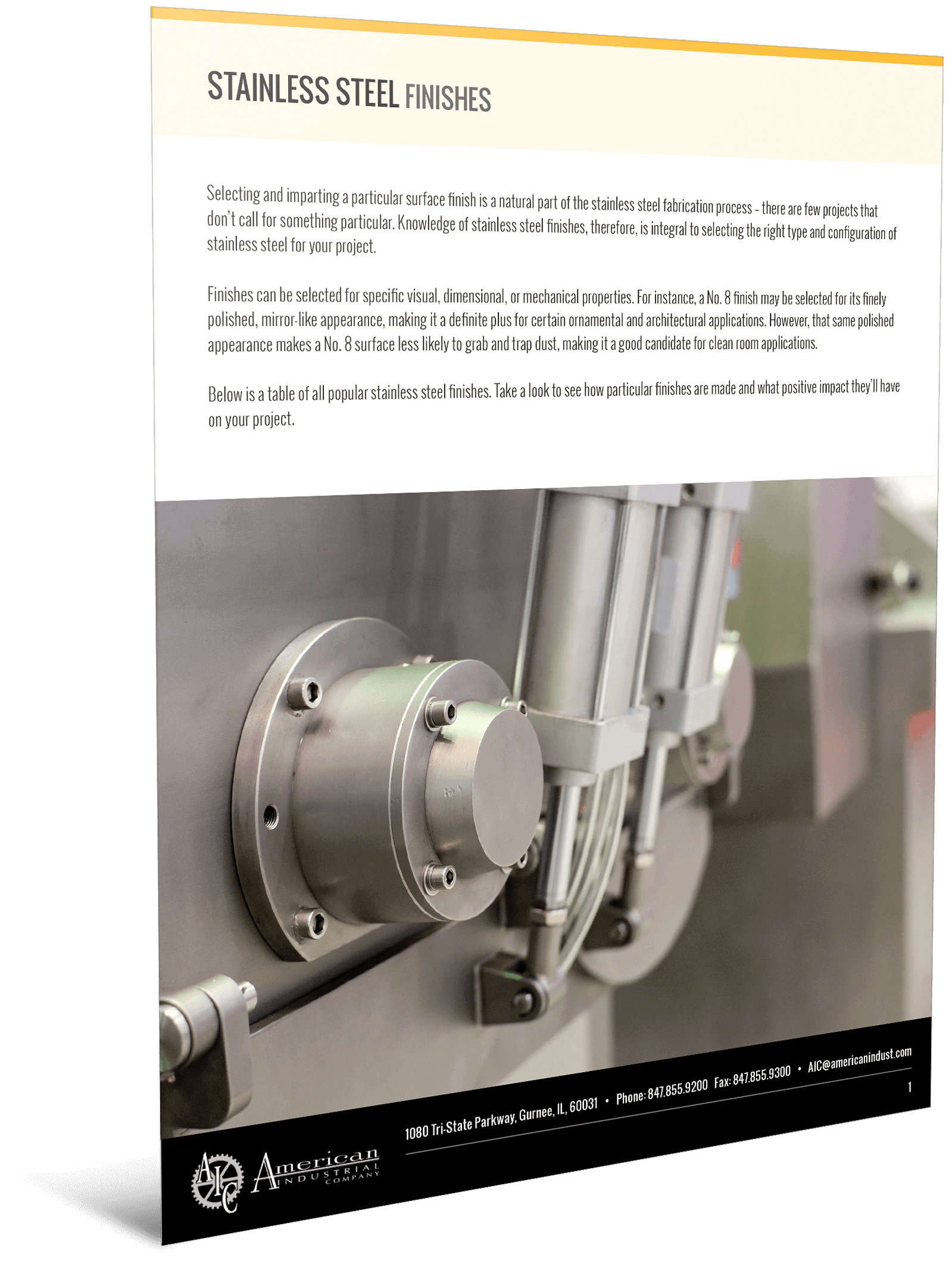The Basics of Metal Stamping
Using high-tonnage presses and stamping dies, sheets of metal are turned into complete parts and components for all sorts of equipment and other uses. Depending on the complexity of the part, it may be possible to shape the entire piece with one stroke of the press—known as a single-stage operation. In other cases, it may take multiple strokes—a series operation—to complete the piece.
Process
Before the stamped products can be made, they must be designed. Stamping professionals use computer-aided design (CAD) and computer-aided manufacturing (CAM) technology to design the tooling. This can be a time-consuming process, since precision is of utmost importance and there might be dozens if not hundreds of pieces to consider. However, once the design is set, it can be used to make as many replicas of the item as needed.
The next step in the metal stamping process puts the sheet metal into the stamping press. Techniques such as punching, embossing, bending, stretching, and curling are used to create the desired product based on the finalized design.
Advantages
Precision metal stamping offers significant advantages over competitive metal forming methods. Such advantages include:
- Speed. Precision metal stamping allows operations to significantly cut down production time. The automation saves hours of labor.
- Accuracy. Once the tooling is designed, it will work to precisely replicate even the most intricate and complex shapes and tolerances time and again. The newest technology and techniques allow for even greater precision.
- Cost. The bigger the project, the more economical will be with precision metal stamping. The majority of the labor comes from the tooling design process. Automation allows for consistent production with little manual labor.
Metals
Custom metal stamping can be used on many different metal types, including:
High-Quality Stamped Products Since 1981
American Industrial Company (AIC) has specialized in metal stamping since 1981, and we are proud to provide high-quality manufacturing services in the Chicago area and throughout North America. We’re committed to offering competitive pricing and short delivery times while maintaining our focus on Lean manufacturing principles. We also guarantee quality with our ISO 9001:2015 standards certification.
As a flexible, customer-oriented metal stamping company, American Industrial works with both small and large runs to suit your needs. We ensure a long tooling life as well as consistency and uniformity in your finished products. Over the years, we’ve helped create a wide variety of components for satisfied customers.
Learn More From Our Metal Stamping Experts
At AIC, our capabilities cover large projects to small projects and simple components to complex components. With our years of experience and commitment to excellence, we possess advanced metal stamping capabilities to meet your needs.
We understand that choosing a manufacturer is a big decision, and it’s important for you to find the right metal stamping company for your project. Download our e-book, What to Look for in a Metal Stamping Vendor, to make sure you’re carefully assessing the most important factors when it comes to choosing a company for your custom metal stamping.
If you have any questions about precision metal stamping, your specific project, or what it’s like to work with us, please contact us.
At American Industrial Company, we offer our customers comprehensive metal stamping services using the best machines in the industry. We offer the widest range of precision stamped parts in the industrial marketplace by using only the best and most advanced stamping technologies. This allows us to create versatile metal components of nearly any form.
See Full Equipment List
Metal Stamping Capabilities
Our shop features metal stamping machines that have made parts for hand tools, power tools, the construction, mining, and automotive industries, and many more uses. We’re equipped to tackle anything and even help our customers from design phase through prototype to a finished product. No matter the size or complexity of the part, we have the machinery and expertise to handle any industry’s metal stamping project.
We have a wide repertoire of capabilities, and OEMs ranging from appliances to sporting goods have put their trust in our sturdy and reliable components. Our tight tolerances ensure that what you receive matches the dimensions we’re given every time. Our automated process also ensures that each part is manufactured in exactly the same, repeatable conditions. This allows us to better monitor the progression of every component, from start to finish. These automated machines supplement our very reliable and skilled machinists. This combination of top-notch stamping machines, quality control machines, and our team of adept craftsmen yields a high level in manufacturing quality.
Our custom metal stamping services include many capabilities, such as:
We work hard to make ourselves a one-stop manufacturer, and that includes gearing our production floors to handle a wide array of tasks to get your product or part finished in house and on time. The precision metal stamping capabilities and tight tolerances we work with are sure to fit with the specifications of your next project.
Applications for Metal Stamping
Metal stamping is a viable solution to produce needed components across broad industries, including but certainly not limited to:
These are just a few examples of industries we work with. We serve many OEMs and a broad market of industries, so if you need metal stamped components or products, we are equipped to handle your needs, whatever they may be.
American Industrial’s Metal Stamping Process
At American Industrial, we use only state-of-the-art technology to meet your metal stamping needs. Our expert machinists have extensive experience working with our equipment and are knowledgeable and well-trained with all of our metal stamping processes. This enables us to manufacture parts that exceed the tight tolerances required by our customers as well as the stringent industry-specific regulations. That is our quality assurance to you.
Our metal stamping machines are complemented with our line of high-tech monitoring, inspecting, and testing devices that we have integrated into our quality control systems. These quality control machines and technologies include:
Look to American Industrial Company for Your Metal Stamping Needs
No matter the size or complexity of your order, whether it’s one simple prototype or high-volume production of multi-step manufactured parts, you’ll be impressed with our work ethic and rapid turnaround. If you’d like to discuss how we can best work for you, or if you have any questions, feel free to contact us. Whether you’re in the design phase, prototyping, or looking for an industrial components manufacturer, consider American Industrial Company.






